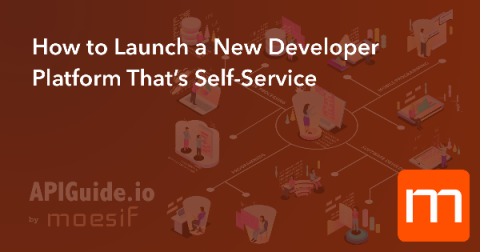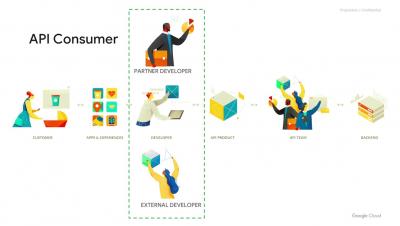How to Launch a New Developer Platform That's Self-Service
Enterprise software companies sell very differently today than just a decade ago. Previously, most software was shrink-wrapped, required a lot of effort to distribute and implement, and was sold to an executive who would have to deploy it throughout their department or organization. The buying process involved a long sales cycle and often included pilots, cost-benefit analyses, procurement, and legal reviews.










